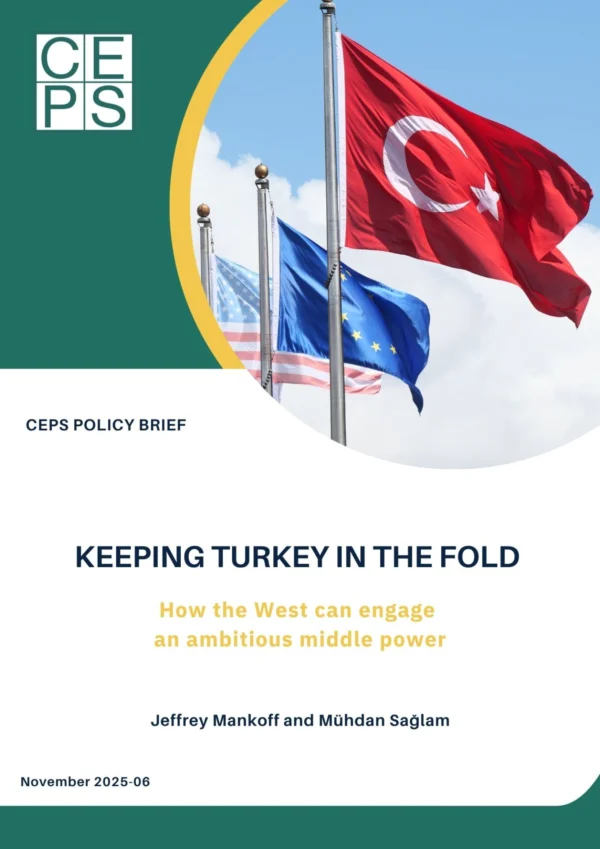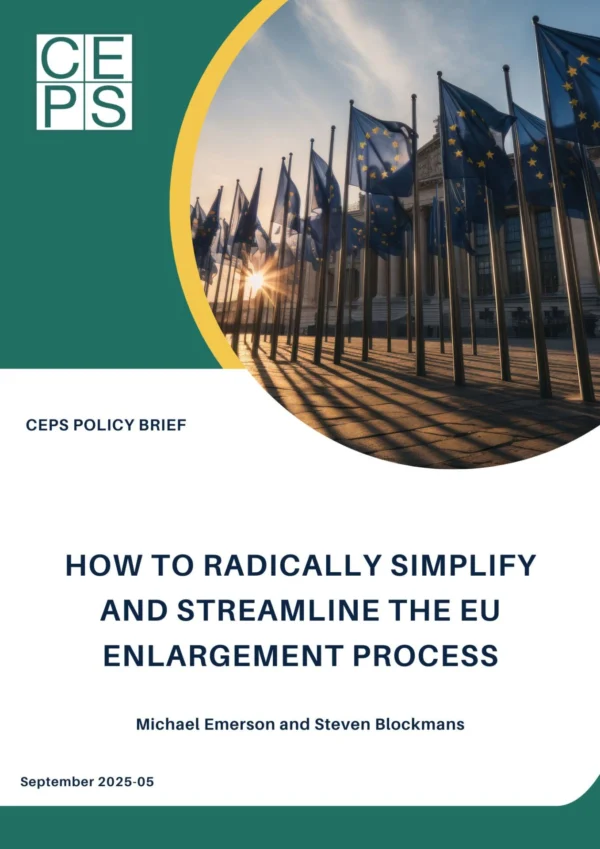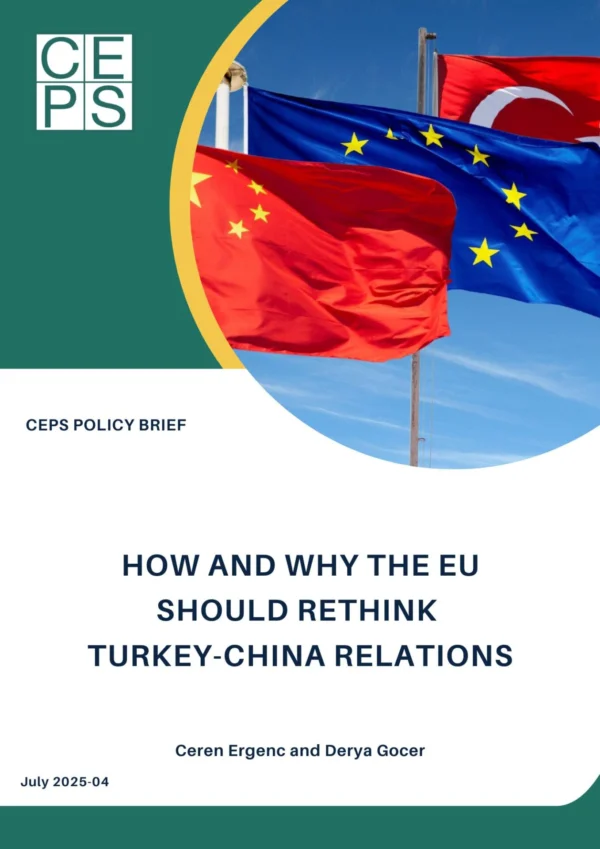As Russia’s war continues to rage in Ukraine and NATO’s philosophy of deterrence has been eroded by the caprice of the Trump administration, Europe is ramping up its defence spending. By working through the EU institutions, member states aim to harmonise standards in the dual-use sphere, stimulate joint production, and facilitate joint procurement. But can this be done quickly enough to deter Russia from openly attacking EU territory? Does the EU need new institutions to turbocharge defence procurement and catalyse the de-fragmentation and upscaling of
its defence industry?
This study argues that in order to raise European strategic autonomy and effectively deter malevolent great powers EU member states will ultimately have to solve the following trilemma: accept a substantial impact on other policy areas or tax hikes; cede the exercise of sovereignty over parts of their national militaries; or compromise on what weapons systems to buy and from whom. Accumulating national defence expenditures does not automatically contribute to a common defence for Europe. Still, if ‘only’ EUR 150bn of the envisaged EUR 800bn were pooled to stimulate joint production and facilitate joint procurement, then that would be a game-changer at EU level.
This report was commissioned by Charge Research Platform Volt.








